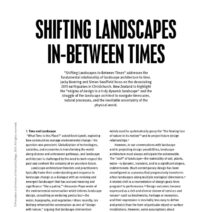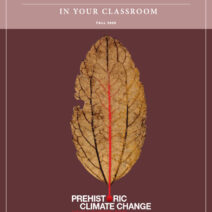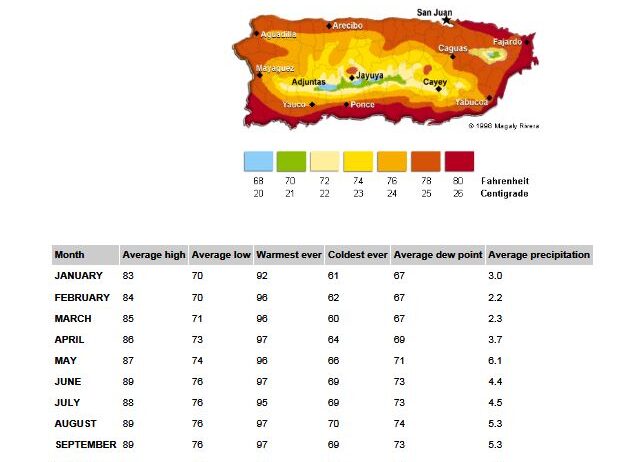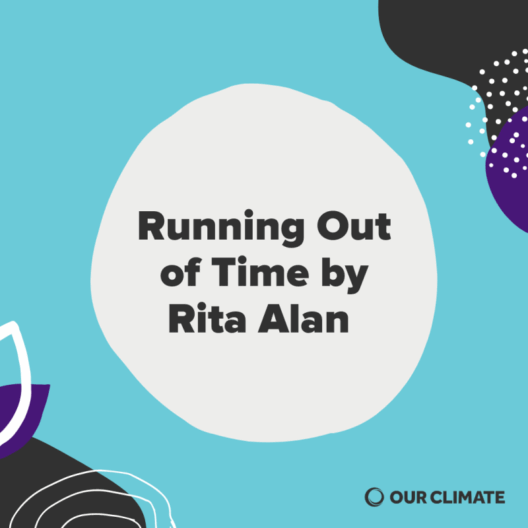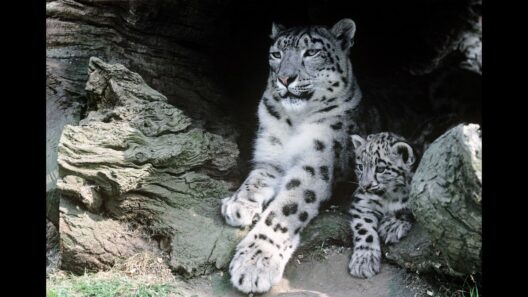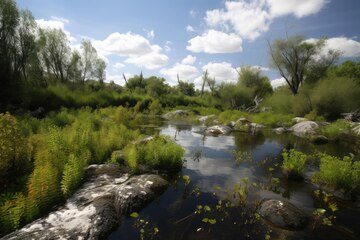Puerto Rico, an exquisite gem nestled in the Caribbean Sea, boasts a climate that is both captivating and complex. The island experiences a tropical maritime climate characterized by warm temperatures and plentiful precipitation. Understanding the nuances of this climate provides insights into both the environmental dynamics of the region and the broader implications of climate change.
Affectionately referred to as “La Isla del Encanto,” Puerto Rico’s climate is marked by two primary seasons: the dry season, known as “verano,” and the wet season, known as “invierno.” The dominant feature throughout the year is warmth, with average daily temperatures oscillating between 70°F and 90°F (21°C to 32°C). The relative humidity tends to be high, often around 70% to 90%, leading to a sultry atmosphere, particularly during the summer months.
During the dry season, which typically runs from December to April, tourists flock to the island, drawn by its idyllic climate. This period experiences less rainfall and higher sunshine hours, making it an opportune time for outdoor activities, including hiking, surfing, and exploring the rich biodiversity of the island. However, it is during the wet season, spanning from May to November, that the tropical climate truly reveals its character.
September through November can be particularly intriguing as it coincides with the peak of hurricane season. The Caribbean is susceptible to tropical storms and hurricanes, which can lead to extreme weather events. The island has endured significant hurricanes in recent history, such as Hurricane Maria in 2017, which dramatically changed its landscape and tested the resilience of its ecosystems and communities.
The interplay between the warm ocean currents and the orographic uplift created by the island’s mountainous terrain influences precipitation patterns. The presence of the Cordillera Central, Puerto Rico’s central mountain range, plays a pivotal role in this regard. As moist air ascends the mountains, it cools and condenses, resulting in rain on the windward side, where lush rainforests flourish. In stark contrast, the leeward side of the mountains experiences a rain shadow effect, resulting in arid conditions and drier ecosystems. This distinct difference illustrates the ecological diversity within the island itself, showcasing everything from tropical forests to semi-arid regions.
The lush rainforests, such as El Yunque National Forest, are a testament to the abundant rainfall that Puerto Rico receives annually—averaging around 40 to 100 inches (1,020 to 2,540 mm) of rain, depending on the specific location. The forest is home to an array of flora and fauna, many of which are endemic to the island. This biodiversity is not only crucial for the ecosystem but also underscores the importance of conservation efforts in response to the threats posed by climate change. Moreover, the variations in habitats enable researchers to study climate impacts in situ, offering invaluable insights into adaptive strategies.
Temperature shifts are also an essential aspect of the island’s climate. While Puerto Rico enjoys a generally stable temperature profile, climate change has introduced fluctuations that disrupt traditional seasonal patterns. Notably, the island has experienced an uptick in average temperatures, with projections estimating a rise between 2°F to 6°F (1°C to 3°C) by the end of the 21st century. This warming trend can lead to several ecological consequences, such as shifting ecosystems, altering migration patterns of wildlife, and exacerbating the impact of invasive species.
Sea-level rise is another critical consideration. Coastal regions of Puerto Rico are increasingly threatened by encroaching waters, which complicates both local livelihoods and ecosystems. Many communities, particularly those reliant on fisheries and tourism, are directly impacted by the degradation of marine habitats, including coral reefs, which are critical for biodiversity and coastal protection. The delicate balance between terrestrial and marine environments makes understanding the interconnectivity of these climate influences essential for holistic conservation efforts.
With all the inherent beauty and complexity of Puerto Rico’s climate, there lies a deeper fascination: the intersection of culture and environmental stewardship. Puerto Ricans demonstrate a profound connection to their land and natural resources, reflected in local customs, food production, and resource management practices. Traditional agricultural techniques, such as “agroecology,” emphasize sustainability and biodiversity, aligning with modern environmental movements that seek to mitigate climate change effects.
In conclusion, the climate of Puerto Rico serves as a microcosm of the broader challenges posed by global climate change. Its tropical maritime conditions create a vivid backdrop for diverse ecosystems and resilient communities. Yet, as the effects of climate change become increasingly pronounced, understanding and adapting to these changes is imperative. By appreciating the intricate dynamics of Puerto Rico’s climate, one can foster a deeper, more informed perspective, ultimately advocating for a sustainable and resilient future for this enchanting island.
